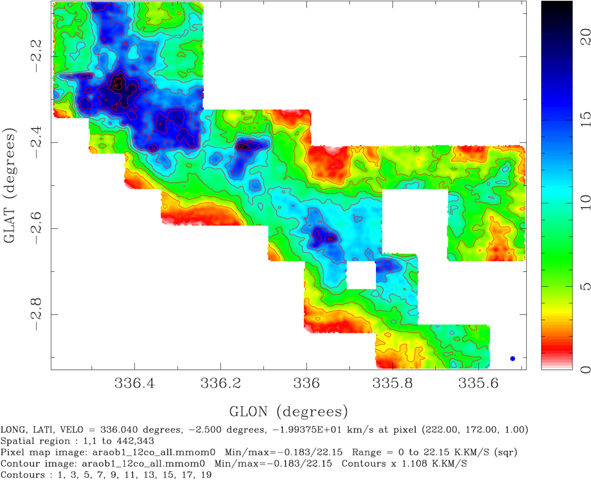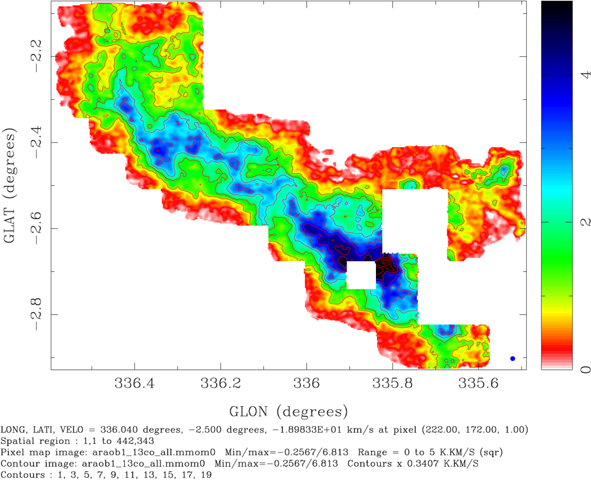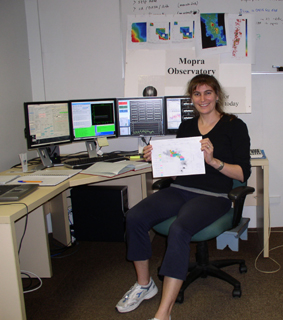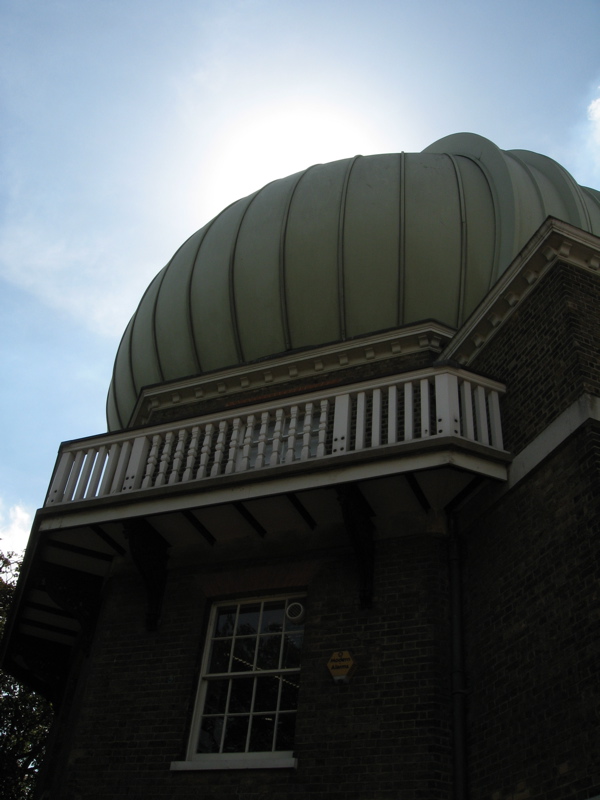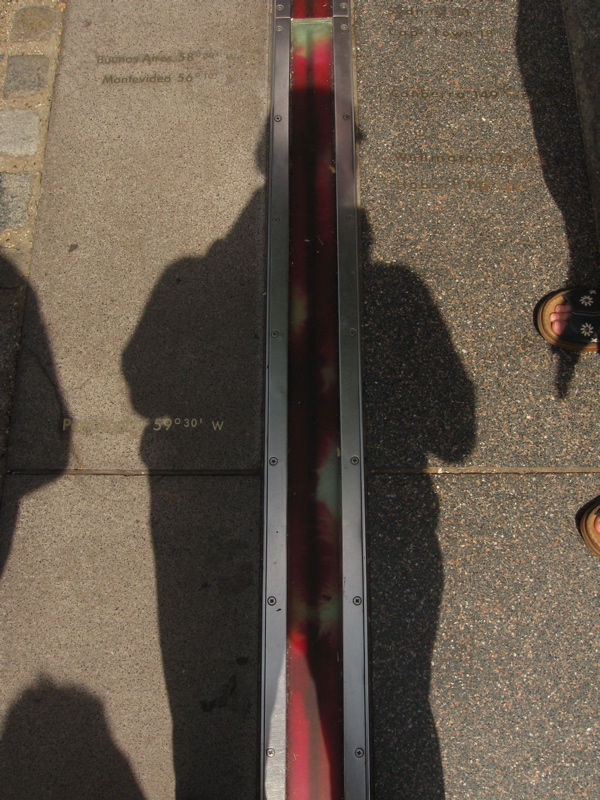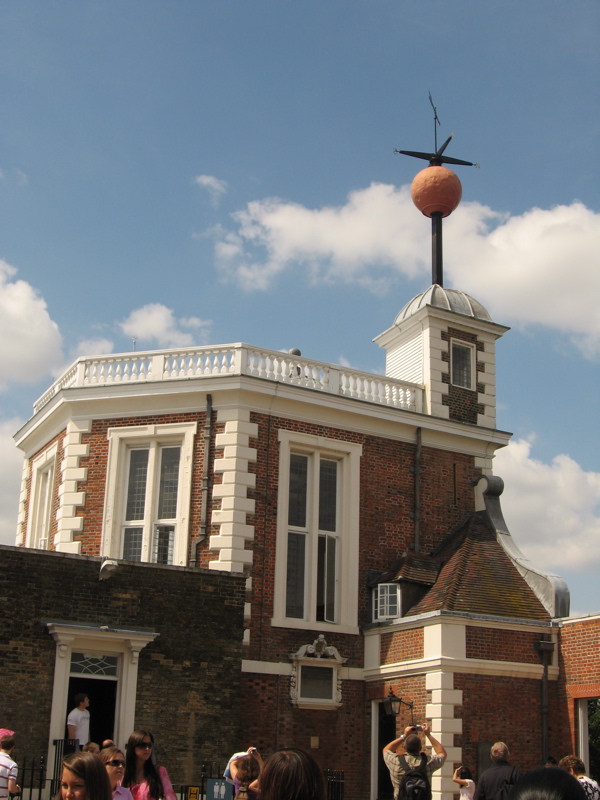9 August 2006:
Dr Chris Fluke reports from Preston, UK
As you are all aware, astronomy is a very international science, and this
means that our collaborators are usually spread all over the world. One
particular project that I am involved in is called the Commonwealth
Cosmology Initiative. Through research linkages between Australia and the
United Kingdom, we are hoping to help grow computational cosmology
in Australia.
What does that all have to do with travel, I hear you ask? The answer is
that I am currently travelling to meet up with one of my collaborators
(former SAO instructor Prof Brad Gibson) at the University of Central
Lancashire in Preston. Then, I'm off to the University of Durham, to
meet some of
the world's leading computational cosmologists...and also check on the
progress of my postdoc, Dr Chris Power, who is spending several months back
at the institution where he gained his PhD before joining Swinburne's
research staff about 2 years ago.
So just what is computational cosmology? Well, it involves trying to model
the Universe, particular its evolution or the growth and development
of structure, by using complex computer simulations. Unfortunately it
is impossible to exactly simulate the Universe - as that would require having
a model for the location and motion of every single proton, electron,
neutron and dark matter particle!! Instead, we make some simplifications,
including often throwing away all of the "normal matter" and just looking
at the effects of the dark matter.
Computational cosmology is a fairly new branch of astronomy - it has only
existed since computers became available (mid 20th century), and it within
the last two decades or so that it has become a mature branch of astronomy
that is making valuable predictions. In fact, that is one of the best
things about computational cosmology - you can choose your favourite
parameters for the universe, simulate it, and then investigate what
the observers might be able to see.
One of the nice things about international travel for research is that you
do get to meet some of the leaders in the field, but you also get to promote
your own work: and I will be giving talks on some of my research work at
both Preston and Durham.
Another advantage is that you get to visit some fun places, and I was fortunate
to have a chance to see the Royal Greenwich Observatory (RGO). As you can see
in the somewhat shadowy "self-portrait", it was just on noon - my shadow
is cast onto the prime meridian. Actually, it was 1pm local time, as the
UK is currently on daylight savings/summer time.
While at the Observatory, I also witnessed the dropping of the time ball,
which occurs (traditionally) at 1pm every day.
The RGO has some great display areas, particularly covering the history
of time-keeping, and the attempt to find a suitable clock to allow
measurements of longitude. Also on display are many of the original
instruments, such as transit telescopes and mural quadrants that were used
to determine the positions of stars with great accuracy. It was just
a shame that photography inside the Observatory was not allowed...but
probably just as well, as I might still be there!




